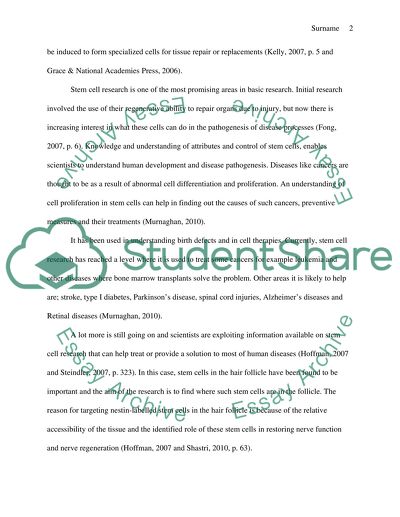Cite this document
(“Where are the nestin-labelled stem cells in the hair follicle Essay”, n.d.)
Where are the nestin-labelled stem cells in the hair follicle Essay. Retrieved from https://studentshare.org/health-sciences-medicine/1439188-where-are-the-nestin-labelled-stem-cells-in-the
Where are the nestin-labelled stem cells in the hair follicle Essay. Retrieved from https://studentshare.org/health-sciences-medicine/1439188-where-are-the-nestin-labelled-stem-cells-in-the
(Where Are the Nestin-Labelled Stem Cells in the Hair Follicle Essay)
Where Are the Nestin-Labelled Stem Cells in the Hair Follicle Essay. https://studentshare.org/health-sciences-medicine/1439188-where-are-the-nestin-labelled-stem-cells-in-the.
Where Are the Nestin-Labelled Stem Cells in the Hair Follicle Essay. https://studentshare.org/health-sciences-medicine/1439188-where-are-the-nestin-labelled-stem-cells-in-the.
“Where Are the Nestin-Labelled Stem Cells in the Hair Follicle Essay”, n.d. https://studentshare.org/health-sciences-medicine/1439188-where-are-the-nestin-labelled-stem-cells-in-the.


